Customer Insight Tools: How These Data Tools Help Businesses
Knowing what your customers want takes the guesswork out of your decisions. However, you don’t have to undergo complex analysis. You only need to listen to your target audience using the right customer insight tools.
Some businesses focus on gathering customer feedback for actionable insights. Even though reviews and customer opinions help, you need specific data types for specific goals.
For example, if you want to improve your website, you’ll need user experience insights. Therefore, you must have various tools at your disposal in addition to feedback collection techniques.
You’re not alone if the number of available tools overwhelms you. This article might help clarify your confusion.
We’ll define customer insights tools and explain why data matters. If you stick to the end, you’ll also learn about the different tools that serve different purposes.
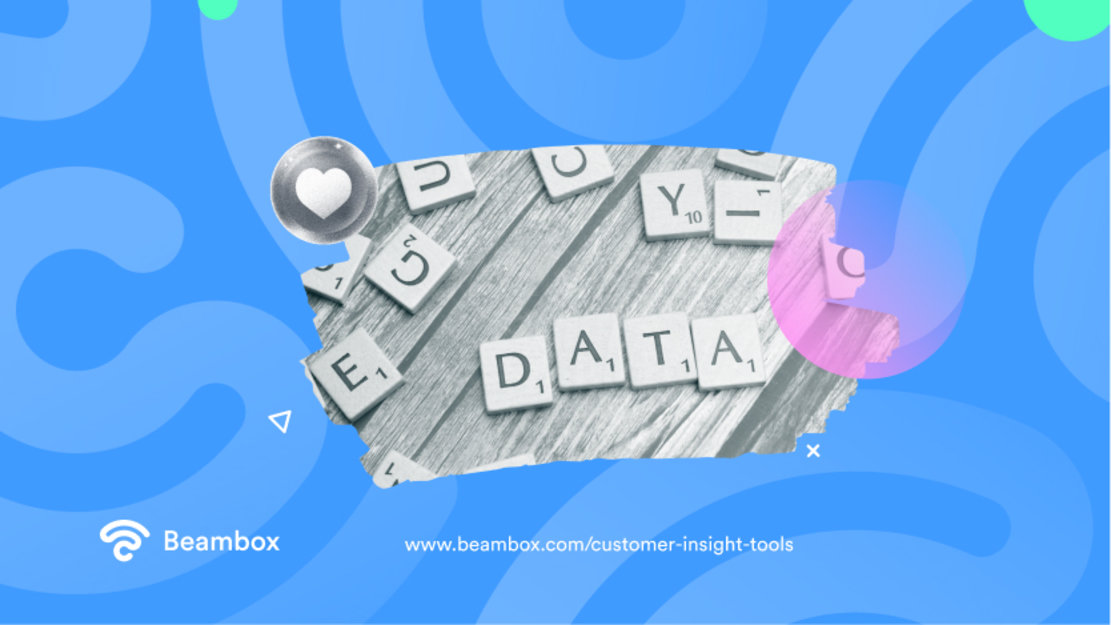
What Are Customer Insight Tools?
Staying true to the name, customer insight tools help businesses gather and analyze customer data. Doing so allows them to understand customer behavior, preferences, and overall sentiment.
Customer insights come from various sources, such as customer feedback, behavioral data, market research, customer service data, and sales data. The tools you choose depend on the data you want to collect. For that, you must understand which data comes from what tools.
- Customer feedback: Feedback always brings you qualitative insights whether you ask customers for it or they voluntarily leave reviews. You get to know what customers think about your business and their problems. You can gather such data through feedback tools and review websites.
- Behavioral data: This data focuses on how customers interact with your offerings. Invest in clickstream analytics, website analytics, or customer relationship management tools for such data.
- Customer service data: Customer interactions are another source of insights. Support tickets, chat logs, and phone calls give insights into customer thoughts, opinions, and expectations. This data can come from your customer relationship management tool.
- Sales data: Another way to capture customer data is to integrate a customer insights tool with your sales platform. This is sales data that captures purchase history. Using this data, you can tailor your recommendations based on what the customer has already purchased.
- Market research data: Knowing your existing customers is good, but knowing your target audience is even better. Market research data brings insights into people who would be ideal for your offerings. Survey and feedback tools, social media listening tools, and public data resources allow you to study market trends.
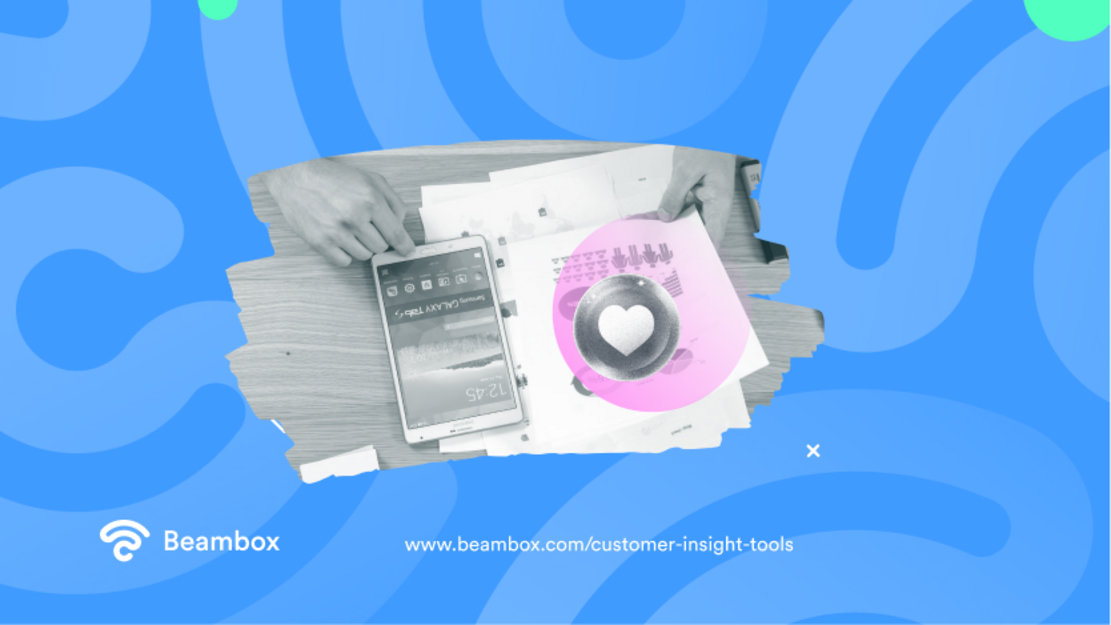
5 Reasons Why Customer Insights Matter for Businesses
After learning what customer insight tools are and what type of data they gather, let’s see why this data matters. One obvious reason is to meet customer expectations. The more you know about your customer, the more you’ll be able to meet their demands.
Doing so will start a domino effect for your business, starting with happy customers and turning them into loyal ambassadors. If you’re unsure about using customer insight tools, the following sections might change your mind. On that note, here are five reasons why customer insights matter for your business.
1. Improved Products and Services
Improved products and services are one of the first advantages of customer data collection and analysis. When you know what your customers want, you can tailor your offerings to their demands.
Moreover, data like customer feedback helps you pinpoint areas of improvement. For example, a restaurant might find that customers find its delivery times too slow. Knowing food delivery statistics, the restaurant can rethink the delivery process and make changes.
As another example, a clothing store’s website analytics might expose gaps in user experience. Knowing this, the store can return to the cause and improve the website’s design for a better experience.
Moreover, it’s your chance to introduce new products and services before anyone else. For example, you’re a hotel whose customers are primarily businessmen.
Upon investigation, you find these people have difficulty managing things during their trips. If you offer a concierge service that manages their errands and appointments, they’ll save time and become loyal customers.
2. Enhanced Customer Experience
As a continuation of the previous point, improved products and services allow you to meet customer expectations and solve problems. By doing so, you improve the customer journey. People connect with your brand when they see you acting on their suggestions.
Moreover, monitoring customer insights allows you to sense problems and gaps before they arise.
For example, a SaaS company can create tutorials if it sees people having difficulties using its software. Such things add up to create a positive experience for your customers.
3. Better Customer Retention
Did you know that 75% of US consumers become more loyal when you understand them on a personal level?
This shows that customer insights don’t just help you win customers. They also help you keep them loyal. Here’s how:
Firstly, the simple fact that you try to understand your customers is enough to make them feel special. After all, they’re trusting you with their money. So, they expect you to care about them and their problems.
Secondly, analyzing feedback from surveys, customer interactions, etc., helps you identify customers at risk of churning. When you know who’s about to leave and why, you can work to reverse the situation and make them stay.
Moreover, insights help you create email loyalty programs that resonate with your audience.
For example, if your audience is more comfortable with discounts, you can reward loyal customers with frequent discounts.
On the other hand, reward loyalty with freebies if that’s what your customers like. As a result, these loyalty programs will help you retain customers.
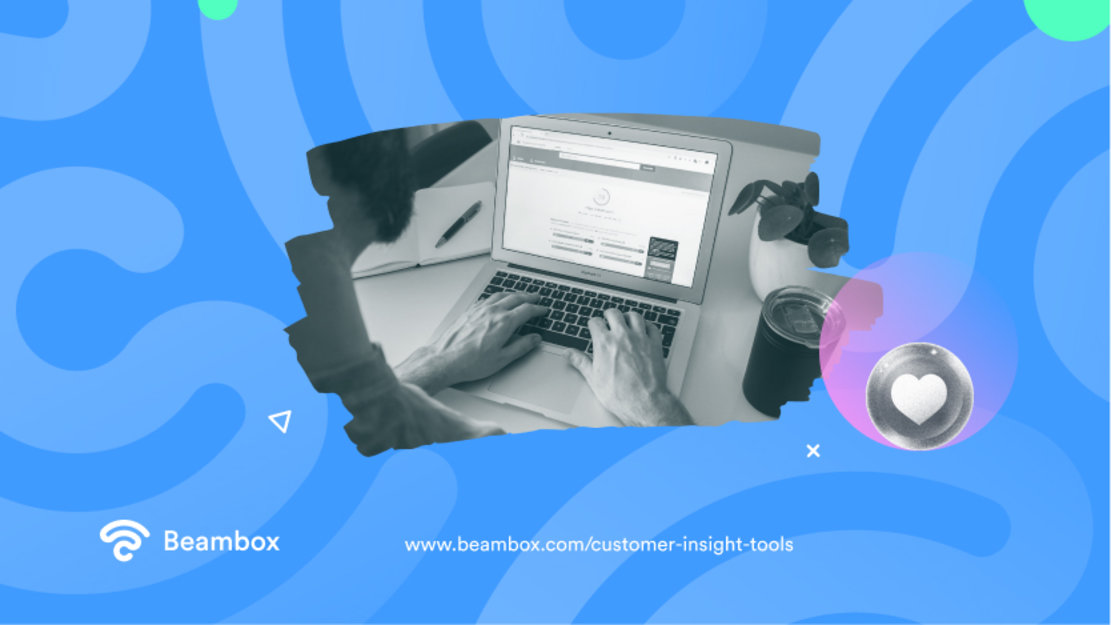
4. Effective and Targeted Campaigns
Besides improved offerings and customer experience, insights also help make your marketing more effective. They help you personalize your campaigns. This way, they hit the mark every time. Instead of generic promotions, you can send targeted promotions based on the customer’s history and behavior.
For example, you can understand your website analytics to see the products a particular customer has browsed most often. They’ll likely act on the promotions if you send them a targeted email about those products. Add in a small discount, and you have a done deal.
Moreover, you can analyze your marketing efforts to understand customers’ reactions to each type of campaign. Using that knowledge, you can build on the successful concepts and ditch the unsuccessful ones.
Similarly, you can also do that if you want simple demographic targeting. Gather information about where your customers live and send them offers based on location. For example, a restaurant struggling in a particular location can offer a free dessert after each meal for that location.
5. More Sales and Conversions
The ultimate goal for every business is to increase sales and conversions. In the same way, everything we’ve discussed so far adds to this one goal. A better experience, improved products and services, customer retention, customer satisfaction, and targeted campaigns all boost your revenue. Here’s how.
Customers who have the best experience with your brand are more likely to become loyal. As a result, they’ll make more purchases from you, increasing your sales. Similarly, improved products and services encourage customers to buy more from your business.
Targeted campaigns also allow you to save time and money on email A/B testing. Besides, these effective campaigns encourage customers to buy. In short, everything that customer insights offer goes toward the greater goal of increased conversions.
6 Tools That Help Businesses Gather Actionable Data
Now that you know what customer insights can do, you must be ready to take the next step. However, choosing customer insights platforms isn’t easy, especially considering each fulfills a different goal.
Even though you learned about some of the tools above and the type of data they provide, it’s not enough. You must know about the tools that have become industry standards for the data you want to collect. So, here are the six best customer insight tools you need to know about.
1. Google Analytics for Website Performance
If you want a free yet reliable tool that analyzes your website traffic, go for Google Analytics. It tells you how many people visit your website daily. You can also know how well your website performs by tracking conversion rates, engagement metrics, time per session, etc.
Apart from that, Google Analytics also tracks outside traffic sources so you can understand customer journeys.
With this data, you can create better content to increase engagement rates. Moreover, you can improve the website’s layout and add sections that resonate with your audience. For example, if most of your customers come from social media posts, they might seek more information.
Knowing this, you can create articles that spread awareness about your products, fostering relationships until customers make a purchase.
2. Google Trends for Market Research
Remember how we mentioned market research as a data source? Google Trends is the best tool for that.
Not only is it free, but it also tells you what people are regularly searching for. You can create a list of keywords and queries that make up an average person’s search results. You can also filter results based on location, etc. Therefore, you can position your products to match those searches and get better results.
Apart from search queries, Google Trends also reveals trends in purchasing behaviors. You can know what compels people to make purchases. By making content that matches those reasons, you can experience explosive growth in sales.
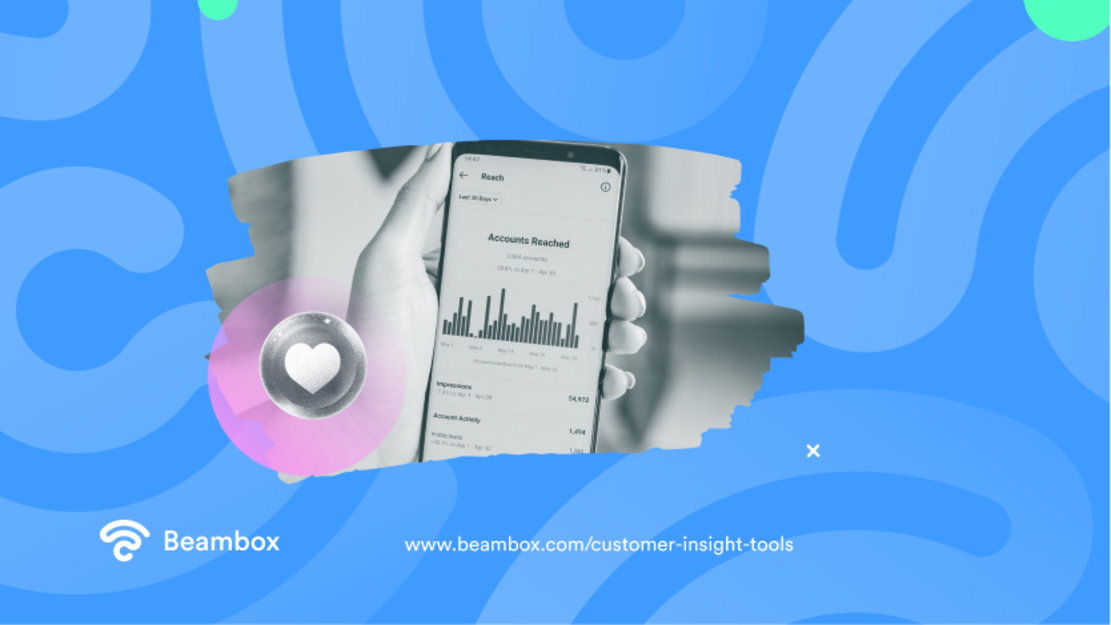
3. Sprout Social for Social Media Insights
Social media platforms can offer rich customer insights if you know where to look. But even if you don’t, Sprout Social can help. It keeps all your social media interactions in one place so you can monitor everything easily. Everything from likes to brand mentions will be at your fingertips, so you never miss any interaction.
Moreover, you can reply to comments and messages from the platform itself. You can also learn how your offerings compare with those of your competitors. With this information, you can either position your offerings better or change them. You can even use social media sentiment analysis to discover the background behind user engagements.
4. Zendesk for Customer Communication
As mentioned earlier, customer communication and interactions also bring you a wealth of insights. If you’re not sure how to gather this data, choose Zendesk. Even though you’ll have to spend some money, the results will be worth the investment. Here’s how.
Firstly, Zendesk is a customer service solution that helps you keep your customers happy with smooth conversations.
It gathers all these conversations and creates comprehensive customer profiles. These profiles include customer history, preferences, demographics, and even behavior. Using these profiles, you can make informed decisions for marketing.
You can even categorize customer service requests based on different services and products. This will help you gather even more detailed insights.
5. Hotjar for UX Analysis
While Google Analytics gives you the numbers, Hotjar goes a step further and tells you the reason behind those numbers. In simpler terms, Hotjar gives you a deeper understanding of your website traffic. It can do the same for your mobile app if you have one.
One vital point is its heat maps feature, which gives you a visual representation of your website or app traffic. It allows you to see where customers click and how many times.
Another helpful metric is their navigational behavior. You can see where customers go after visiting a particular page and why.
You can even use this tool to ask customers about their experience while using your digital products. In short, Hotjar offers a better user experience.
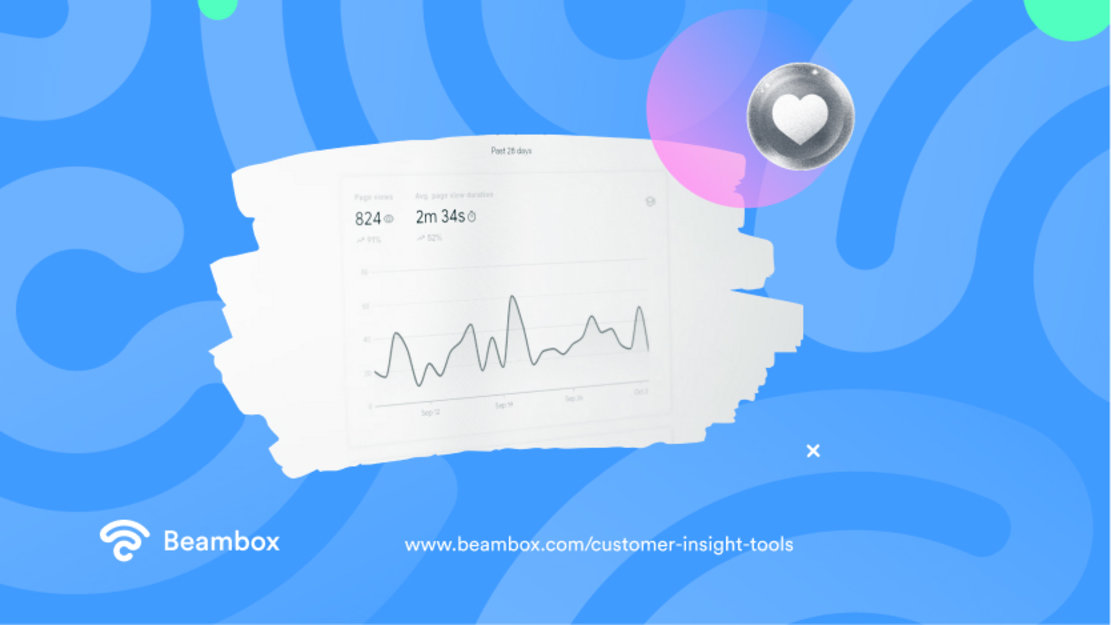
6. Mixpanel for Customer Journeys
Customer journeys are rarely straightforward. You can’t predict what a particular customer will do after coming across your promotions. Even the best campaigns might not be enough to convince the customer. You must guide them through the journey if you want them to convert.
That’s why using Mixpanel is a smart decision. It allows you to map customer journeys from when they enter your website or app to when they make purchases.
It also shows you the devices people use to access your website or app. Knowing this, you can optimize the content for the most popular devices. So, Mixpanel allows you to improve user experience and optimize journeys for better conversions.
How Does WiFi Marketing Fit Into the Picture for Local Businesses
Apart from the specific tools you learned above, there’s another thing that can do wonders for local businesses: WiFi marketing.
Free WiFi isn’t just a tactic to get more customers in your venue. Combining it with WiFi marketing software allows you to collect valuable customer insights beyond WiFi usage.
To do so, you have to implement a captive portal. It is a splash page that customers see when they try to connect to your WiFi network. It usually asks for their email addresses and names, but you can also use it to display targeted promotions and conduct surveys.
For example, when customers disconnect from your WiFi, you can ask them to complete a short survey.
Moreover, WiFi marketing software allows you to learn how many customers connect to your network daily. You can even analyze their navigation patterns around your store using WiFi analytics.
Such insights allow you to improve in-store navigation or use proximity marketing to increase sales.
Moreover, you can create profiles with the personal information customers enter to gain access to the network. Other insights include foot traffic, repeat customers, device types, and click-through rates (if you’ve displayed links on the splash page).
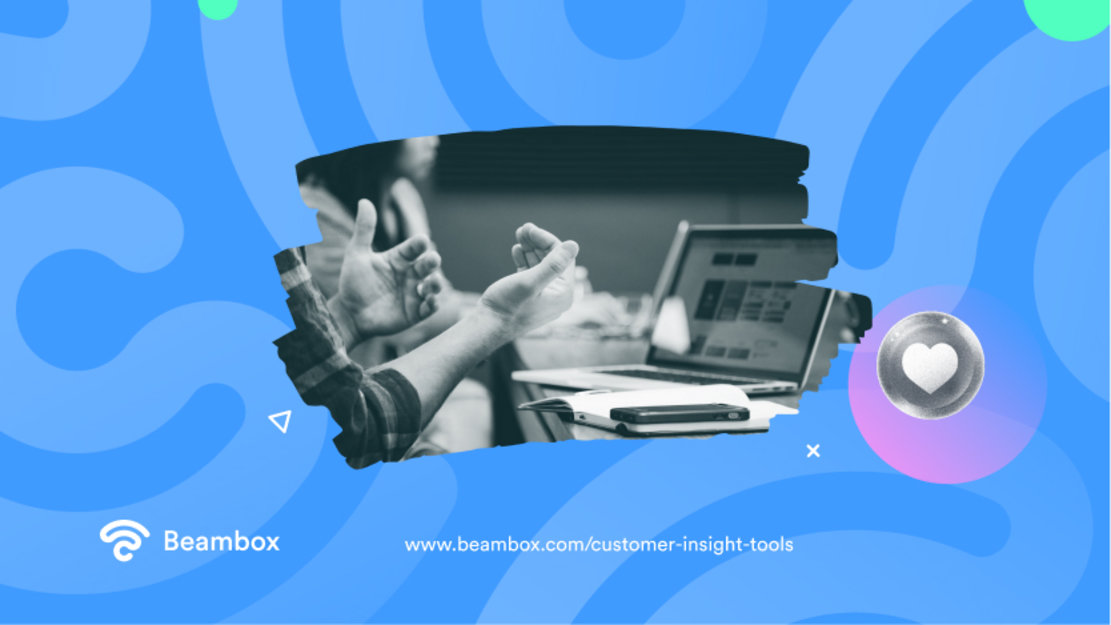
Invest in Customer Insights Tools for Better Business Decisions
Overall, investing in customer insight tools can be a smart decision on your part. You’re doing everything to serve your customers well. If you don’t know what they need, you won’t be able to meet customer expectations.
Besides, everything that comes from customer insights, including customer retention, improved products, and effective campaigns, means increased sales. Since that’s the ultimate goal of every business, you can’t do without these tools.
With Beambox, we gather data and automate your marketing campaigns. We provide the tools to keep customers happy while gaining valuable insights. Start your Beambox free trial today.



